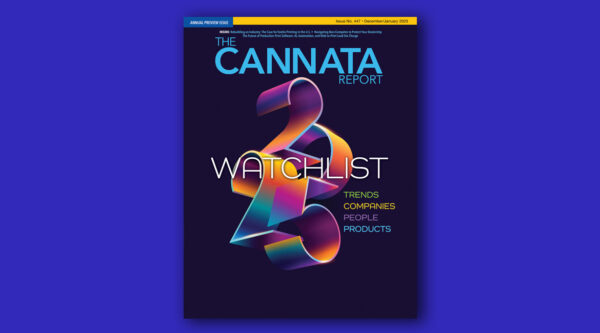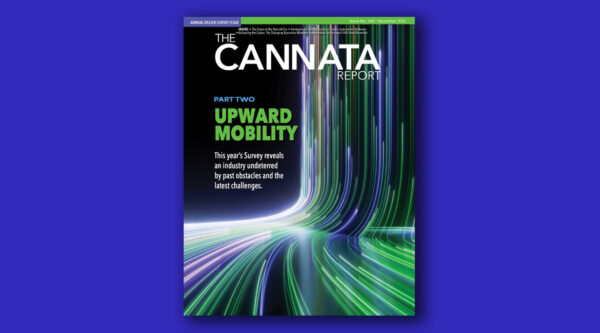Tapping into unique cognitive strengths is a creative alternative to staying ahead in this competitive market.
In recent years, the office imaging and production print industry has faced a growing challenge: a persistent and widening talent gap. As technology evolves and customer demands shift, dealerships and manufacturers struggle to attract and retain skilled professionals across various roles. But what if the solution to this pressing issue lies in expanding our perspective on talent? Enter the concept of neurodiversity – a paradigm that recognizes and values the natural variations in human brain function and behavioral traits.
Understanding Neurodiversity
Neurodiversity encompasses a range of neurological differences, including autism spectrum disorders, attention deficit hyperactivity disorder (ADHD), dyslexia, and other learning differences. Rather than viewing these conditions through a lens of disability, the neurodiversity movement encourages us to recognize the strengths and capabilities that frequently accompany these neurological variations.
Individuals on the autism spectrum may possess exceptional pattern recognition skills and attention to detail – traits invaluable in technical roles or quality assurance. Those with ADHD might excel in dynamic, fast-paced environments, bringing creativity and out-of-the-box thinking to problem-solving scenarios. Dyslexic individuals often develop strong spatial reasoning and big-picture thinking skills, which can be assets in strategic planning and design roles.
However, it’s crucial to note that neurodiverse individuals frequently face significant challenges in traditional work environments. From sensory sensitivities that make open office plans difficult to navigate to social communication differences that can impact teamwork and client interactions, these challenges have historically limited opportunities for neurodiverse individuals in many industries.
The Talent Shortage in Office Imaging and Production Print
Our industry is at a critical juncture as we navigate digital transformation. The need for skilled professionals in artificial intelligence (AI), cybersecurity, data analysis, and software development has never been greater. Office technology dealerships, in particular, are feeling the pinch as they strive to offer increasingly sophisticated solutions to their clients.
The talent shortage manifests in the following ways:
- Difficulty filling technical roles, especially those requiring expertise in emerging technologies
- High turnover rates as competing industries lure employees away
- Challenges in finding customer support staff who can handle complex troubleshooting
- A lack of innovative thinking needed to stay ahead in a rapidly evolving market
Neurodiversity as a Solution
The unique cognitive styles and strengths associated with neurodiversity align remarkably well with many of the skills our industry desperately needs. Many individuals on the autism spectrum excel in recognizing complex patterns – skills fundamental to AI development and implementation. In cybersecurity, the hyper-focus and attention to detail seen in many individuals with ADHD can be a significant asset. The data analysis required for optimizing print fleets could benefit significantly from the exceptional pattern recognition and logical thinking skills associated with certain neurodiverse conditions.
Moreover, in customer support roles, the deep, focused interest in specific subjects that many neurodiverse individuals possess can translate into extensive product knowledge and innovative problem-solving approaches.
Implementing Neurodiversity-Friendly Hiring Practices
Organizations must rethink their hiring practices and workplace environments to harness these potential benefits. This means removing unnecessary barriers and creating conditions where all employees can thrive. Key strategies include the following:
- Revise job descriptions to focus on essential skills rather than arbitrary requirements.
- Adapt interview processes to allow candidates to demonstrate their skills in various ways.
- Create sensory-friendly work environments.
- Implement training programs to help neurotypical employees understand and appreciate neurodiversity.
- Partner with organizations that specialize in placing neurodiverse talent.
Benefits and Challenges
By embracing neurodiversity, dealerships stand to gain significant competitive advantages. A neurodiverse workforce can drive innovation through diverse thinking styles and problem-solving approaches, leading to more creative solutions in workflow optimization, user interface design, and sustainable printing practices.
Although potentially significant benefits exist, proper implementation requires thoughtful preparation. This may include adjusting management styles, communication practices, and performance evaluation methods. Proper support and accommodation, such as mentorship programs and clear written instructions, are crucial for success. Additionally, misconceptions and biases within the existing workforce must be addressed.
Looking Forward
As the office imaging and production print industry continues to evolve, embracing neurodiversity presents a compelling opportunity to address talent shortages while fostering innovation and inclusivity. The path forward requires openness and adaptability, but the potential rewards – a highly skilled workforce, increased innovation, and a more inclusive industry – make this a worthwhile journey. By recognizing and valuing the unique strengths of neurodiverse individuals, we may find that the solution to our industry’s needs has been hiding in plain sight.




